Do you want to know how many tablespoons are in ⅓ cup? This is a common baking question. Let's detail these measures for various cups in different systems and try to understand their standards, mainly US cups and tablespoons.
I have shared many posts related to teaspoons and tablespoons and will be updating more queries as I update conversions. Some of the conversions to check out are listed below.
Suggested
- how many milliliters is a tablespoon
- how many grams is in a tablespoon
- how many tablespoons in a stick of butter
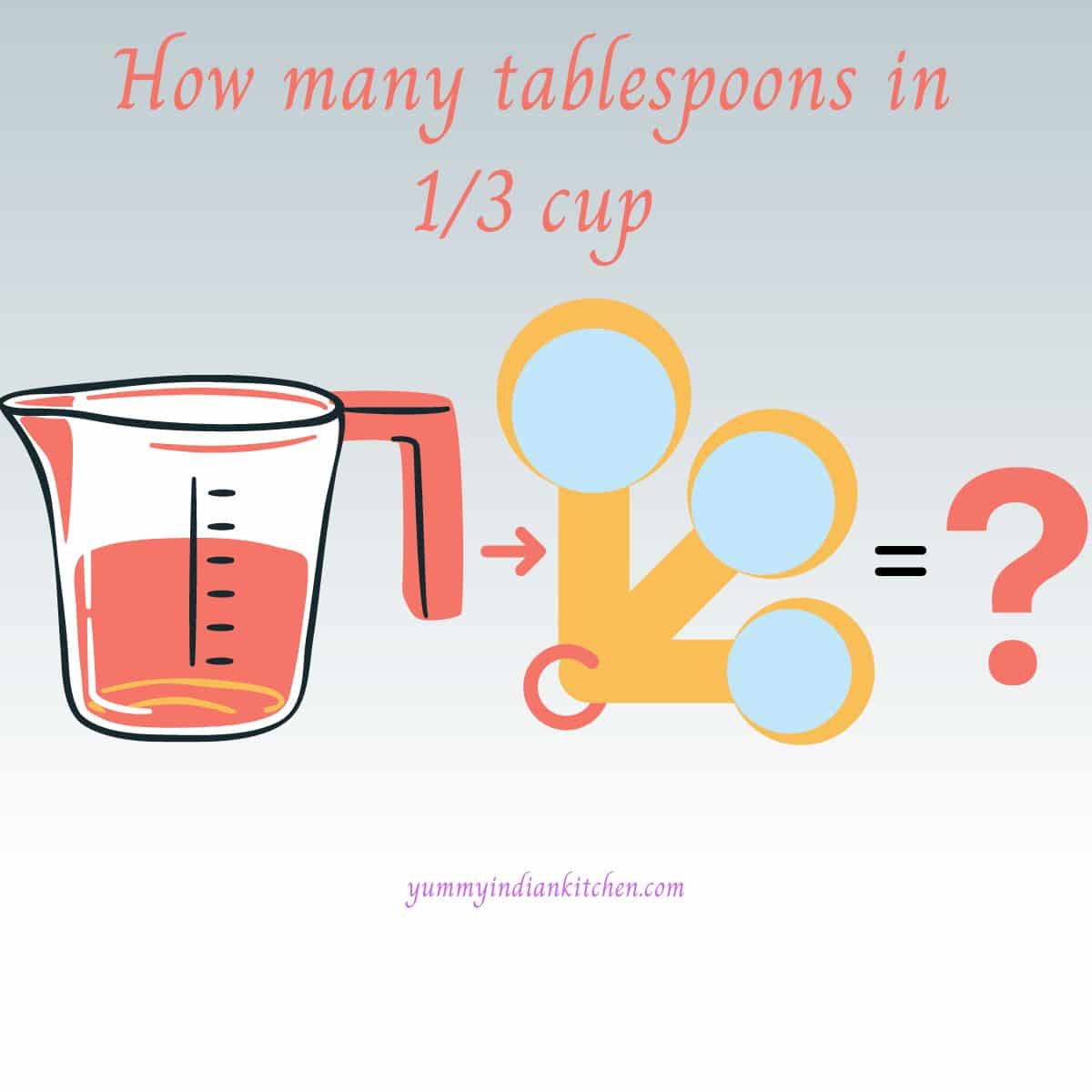
What is a cup?
A cup is a measuring container used in cooking and is a unit to measure volume alongside teaspoons, tablespoons, quarts, gallons, and pints in US customary measurement system.
Various cups are associated, and the United States uses two different types of cups. One is a cup primarily used in cooking recipes, and the other measure is used in nutrition labeling.
1 US cup(recipes and cooking) = 236.59 ml or 237 mL
1 US legal cup(nutrition labels) = 240 ml
What is a tablespoon?
A tablespoon is a unit to measure volume for small quantities and a unit to measure volume in US customary system. A tablespoon uses the abbreviation "tbsp."
According to nutrition labelings, a tablespoon equals 15 ml and is equal to three teaspoons or half fluid ounces.
Cups and tablespoons are commonly used in cooking recipes, and one often gets confused in their conversions, such as one-fourth cup (¼ cup), half cup(½ ), ¾ cup, or 1 cup in tablespoons.
If we know their conversions, it is easy to convert the cups into tablespoons by knowing how many tablespoons each cup holds and how to convert using simple formulas.
How many tablespoons are in a cup?
Now, the question is how to divide a cup into tablespoons, and let us first talk about US cups here.
1 US cooking cup = 236.59 ml.
Or
1 US cup = 16 tablespoons.
1 US legal cup = 240 ml = 16.23 tablespoons (round it to 16 tbsp).
This makes it easy to calculate tablespoons for any number of cups, whether a US cup or a legal Cup of US.
Let us check out the formula below.
Tablespoons = cups * 16
Example:
Convert 2 cups into tablespoons.
2 cups = 2 * 16 = 32 tablespoons.
Suggested
How many tablespoons in ⅓ cup?
The formula makes it easy to calculate the number of tablespoons in ⅓ cup.
Tbsp = cups * 16
Let us see how it is divided from ⅓ cup to tablespoons.
⅓ cup = ⅓ * 16 = 5 ⅓ tablespoons.
Thus 5 ⅓ tablespoons equal 5 tablespoons and ⅓ tablespoon to be accurate.
A teaspoon equals ⅓ of a tablespoon.
Therefore, the answer to the question of how many tablespoons in ⅓ cup is 5 tablespoons and 1 teaspoon.
How many tablespoons in ⅔ cup?
Using the formula, we get,
⅔ cup = ⅔ * 16 = 10 ⅔ tablespoons
To be precise, the ⅔ cup equals 10 tablespoons and 2 teaspoons.
US Cup into US Tablespoons, ml, and ounces
| Cups | US tablespoons(tbsp) | Milliliters(ml) | Ounces(fl. oz) |
| ¼ cup | 4 tablespoons | 59.15 ml | 2 fl. oz |
| ⅓ cup | 5 tablespoons + 1 teaspoon | 78.86 ml or ~79 ml | 2.33 fl. oz |
| ½ cup | 8 tablespoons | 118.294 ml | 4 fl. oz |
| ¾ cup | 12 tablespoons | 177.44 ml or ~118 ml | 6 fl. oz |
| 1 cup | 16 tablespoons | 236.59 ml or ~237 ml | 8 fl. oz |
Should we measure ingredients by volume or weight?
Measuring the ingredients by weight is always a good idea as the scale gives us the proper measures and correct results, whereas a cup and tablespoon give results depending on how we fill them up.
For example, we can add more quantity to a tablespoon, such as using a heaped tablespoon or adding more amount to a tablespoon, which can bring a lot of difference, and the end recipe result can vary.
If using the ingredients measured in weight, it has accuracy and does not let us commit any cooking mistakes.
If you are measuring the liquid ingredients, a cup or tablespoon is fine in cooking, but if you try to use dry food substances, use a scale to weigh them as different dry ingredients measure differently and not all measure the same.
For example, ⅓ cup of sugar is different in weight than ⅓ cup of flour or ⅓ cup of butter, etc.
⅓ cup sugar = 67 grams,
And ⅓ cup butter = 76 grams.
And,
⅓ cup flour = 41.67 grams.
The above items also vary in their ounces.
All these ingredients' volumes can vary when we convert them into cups.
Therefore, this is the perfect example to show that using a scale to weigh them is a good choice than using cups to keep the recipe and measurements perfect and accurate.
Cups to tablespoons in different measurement systems
The tablespoons vary slightly if the volume in the cup changes, and this happens when the volume slightly varies for other measuring cups in different measuring methods.
In the US, the cup size is different for cooking and nutrition labeling; they vary slightly. The metric system has other cup volumes, followed by the UK, Canada, Australia, etc.
Check out their measurements below for different systems, from cups to tablespoons.
1 US customary cup (recipes) = 236.59 ml = 16 US tablespoons
1 US legal cup (nutrition label)= 240 ml = 16.23 US tablespoons
Uk, Australian and Canada Cup = 250 ml = 16.91 US tablespoons
The above data clearly shows that different cups from different countries have other volumes and if you are in the US, following as per US customary cups is easy.
Still, if you are from a different country, it is again a difficult task to understand them in additional tablespoons.
Let us check out their difference in different systems and try to convert other cups into tablespoons differently.
1 Imperial cup = 284.13 ml = 16 Imperial tablespoons = 19.21 US tablespoons.
And
1 US cup = 236.59 ml = 13.32 Imperial tablespoons = 16 US tablespoons.
And
1 US legal cup = 240 ml = 13.51 Imperial tablespoons = 16.23 US tablespoons.
And
1 metric cup = 250 ml= 14.07 Imperial tablespoons = 16.91 US tablespoons.
| Cup | milliliters | US tablespoons | Imperial tablespoons |
| 1 US Cup | 236.59 ml | 16 tablespoons | 13.32 Imperial tablespoons |
| 1 US legal cup(nutrition labeling) | 240 ml | 16.23 US tablespoons | 13.51 Imperial tablespoons |
| 1 metric cup | 250 ml | 16.91 US tablespoons | 14.07 Imperial tablespoons |
Is the metric cup and US cup the same?
The metric cup is larger than the US cup and holds 250 ml of volume, whereas a US cup holds 236.59 ml, slightly below a metric cup.
A metric cup holds 8.45 US fluid ounces, whereas a US cup holds 8 ounces, and this data clearly states that the metric cup is larger than the US cup.
This difference in cups makes a difference when we convert them into tablespoons; different countries use tablespoons of various sizes, and each tablespoon again holds different capacities.
For example
1 metric tablespoon = 15 ml.
And
1 Imperial Tablespoon = 17.75 ml.
1 Australian tablespoon = 20 ml.
All the data above can be confusing, but one need not worry about all these data and statistics while cooking.
Use approximate measures while cooking at home or use a scale to measure the ingredients to avoid confusion.
The best tip is to use a food scale and not worry about cups and tablespoons. If you want to know cups to tablespoons, follow that 1 cup equals 16 tablespoons and 1 tablespoon equals 15 ml.
Calculate the rest of the tablespoons according to the post's data, use the formula, or use the table shared above.
I hope this article explains how many tablespoons are in ⅓ cup(one-third cup) and the rest of the cups.
Leave us your feedback in the comment section below, and we will reply with your queries and give you the right solutions.
Faq's
One-third cup of butter equals 5.33 tablespoons, i.e., five tablespoons plus⅓ of a tablespoon. Since a teaspoon equals ⅓ tablespoon, use five tablespoons and one teaspoon of butter instead of ⅓ cup.
Water or liquid measures five tablespoons plus ⅓ tablespoon when you convert ⅓ cup to tablespoons. In place of ⅓ tablespoon, using 1 teaspoon works fine.
There are 48 teaspoons in a cup, and dividing 48/3 gives us 16 teaspoons for one-third cup. Therefore, there are 16 teaspoons in ⅓ cup.
In a ⅔ cup, there are 10 tablespoons plus 2 teaspoons. You can also use 10 tablespoons plus ⅔ of a tablespoon.
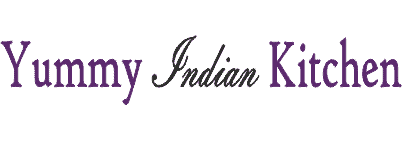
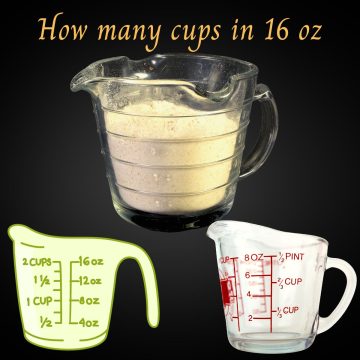

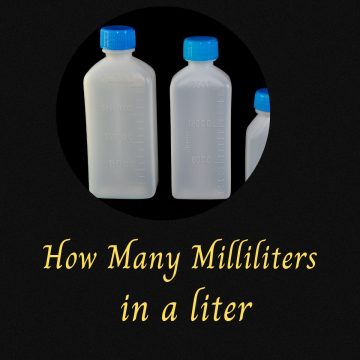
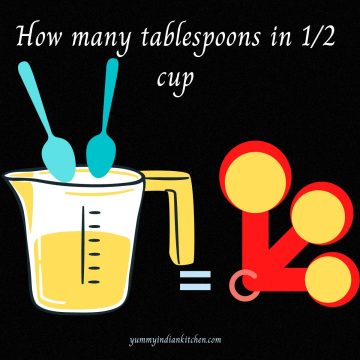
Leave a Reply